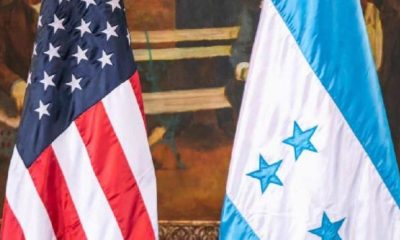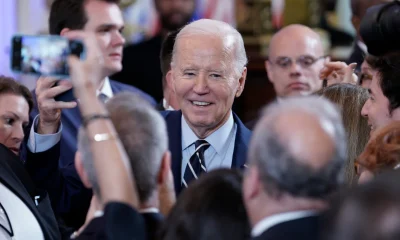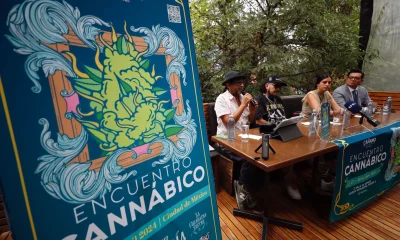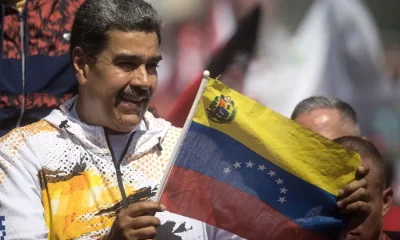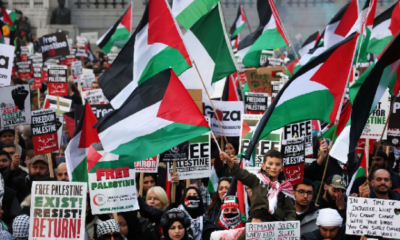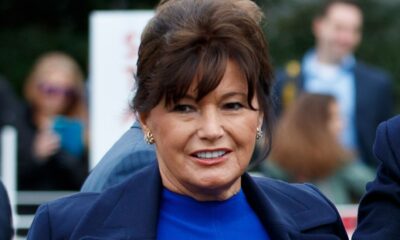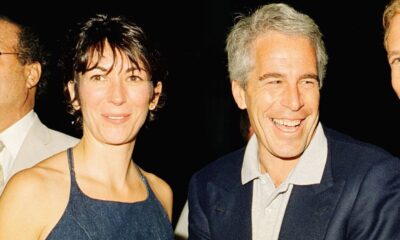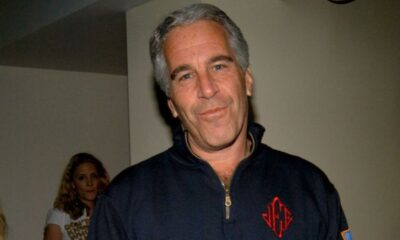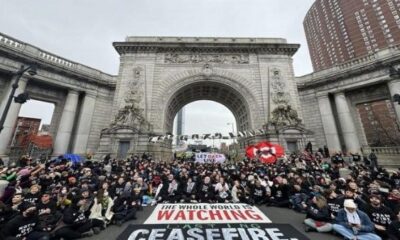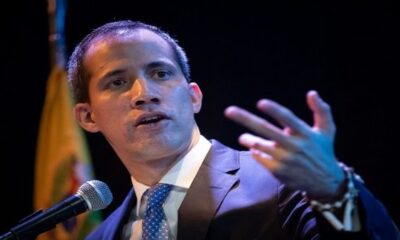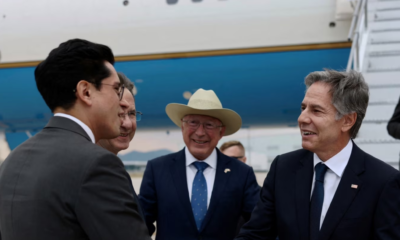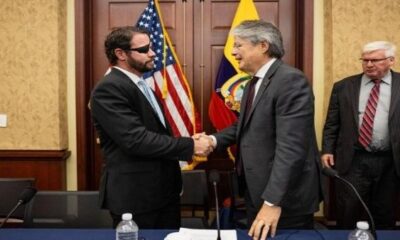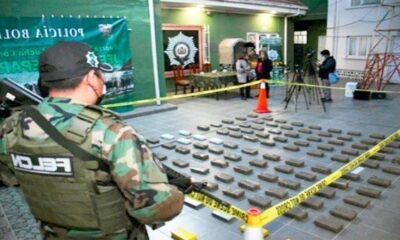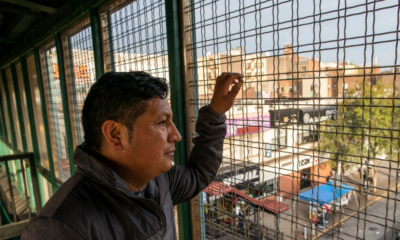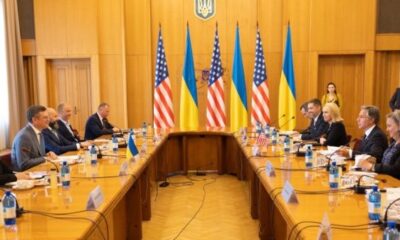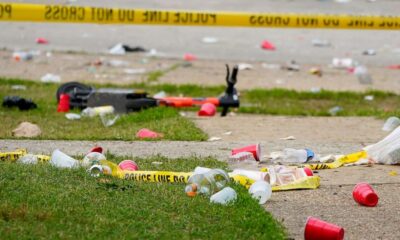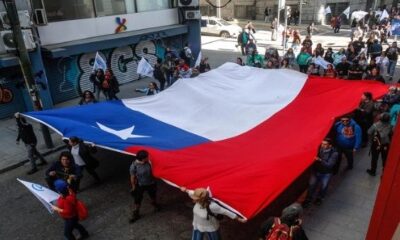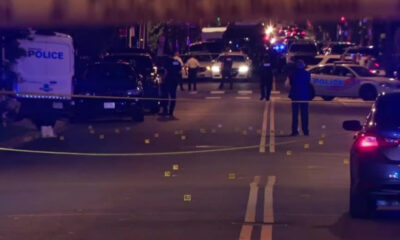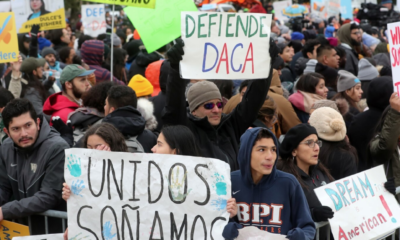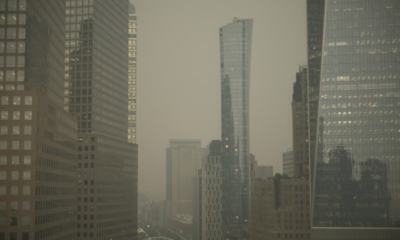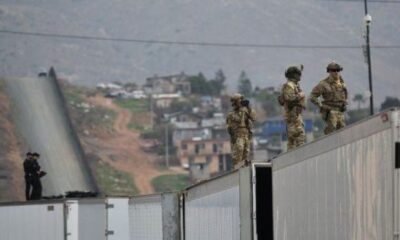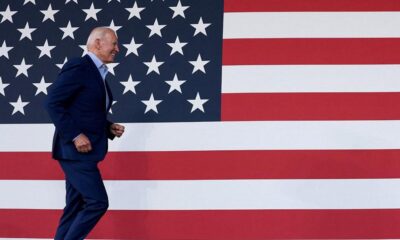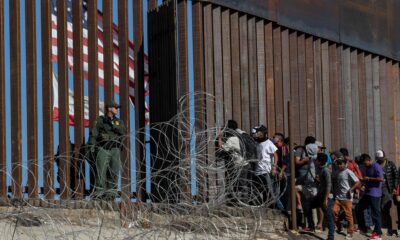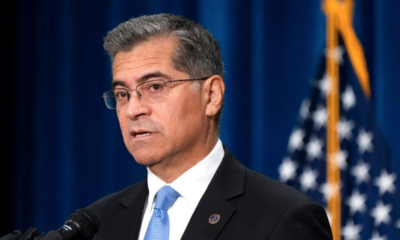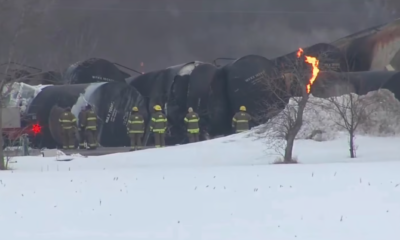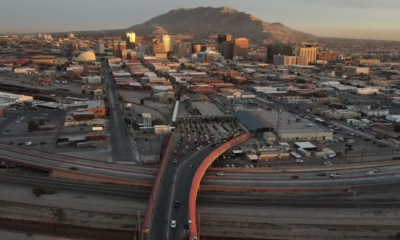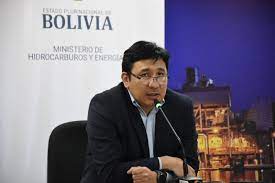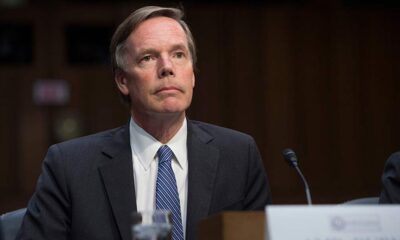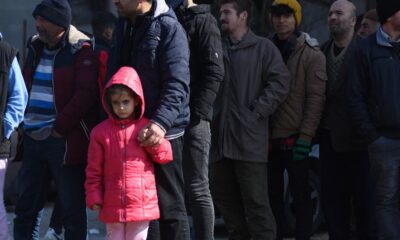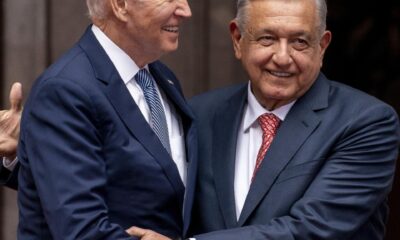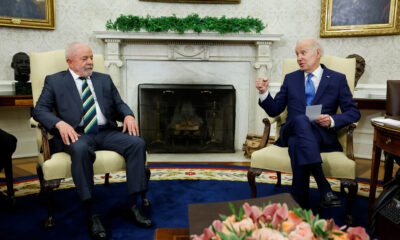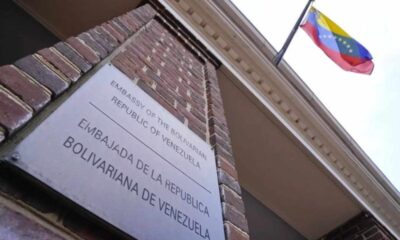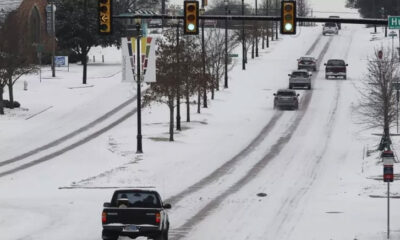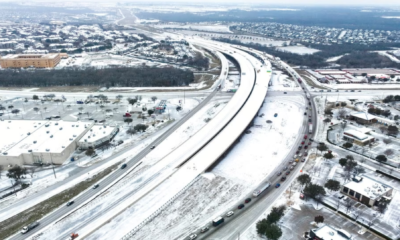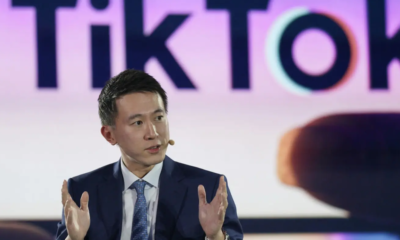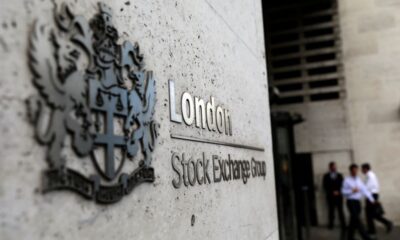International
Inflation clouds ‘Black Friday’ kickoff of US holiday shopping season
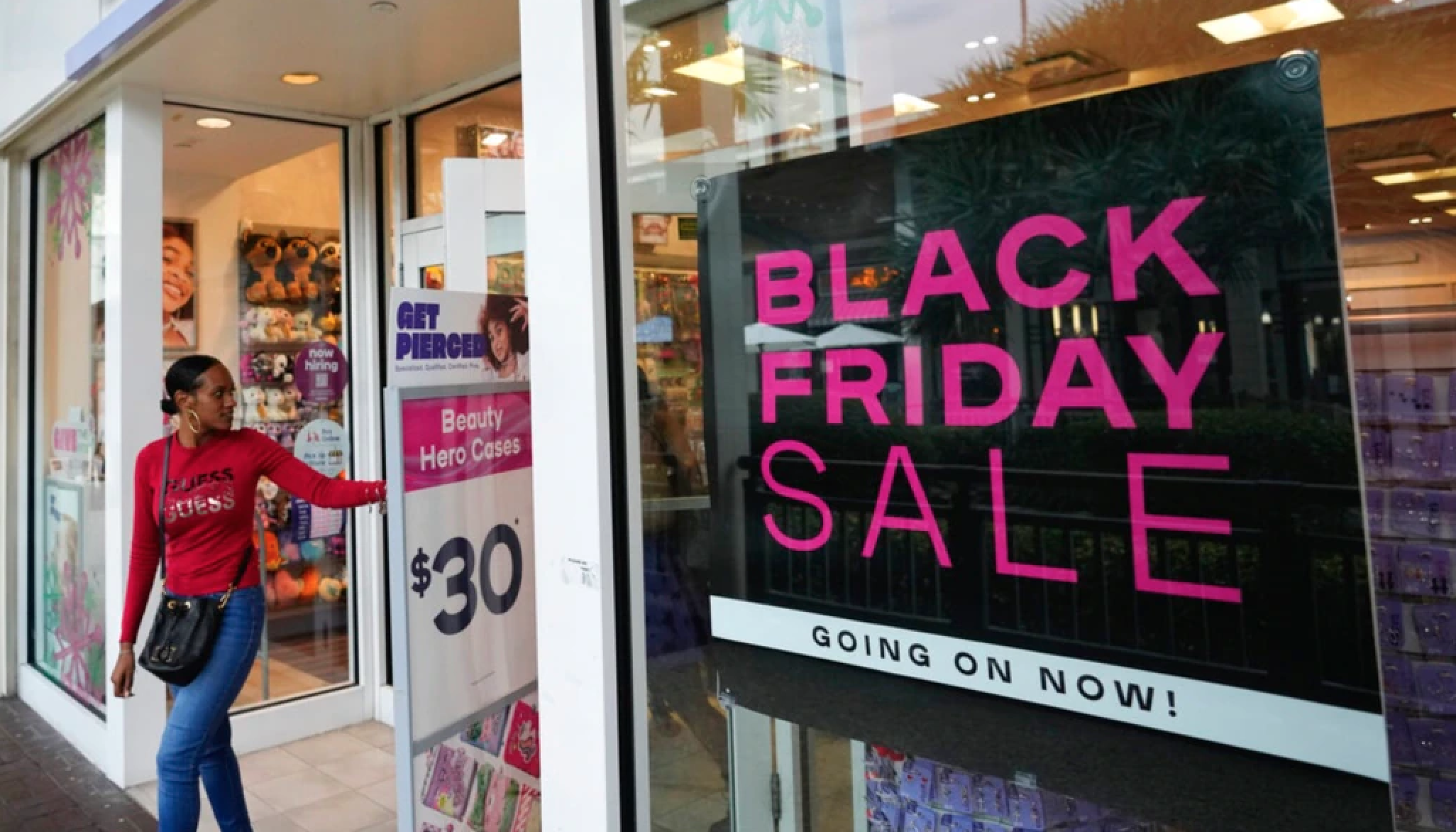
| By AFP | John Biers |
Retailers unveiled a trove of fresh seasonal promotions Friday, as they try to coax sales from reticent shoppers whose holiday cheer has been tempered by inflation and worries over a softening economy.
“Black Friday,” the unofficial start of the US holiday shopping season, announced itself with the annual day-after-Thanksgiving deluge of online promotions and early store openings.
But industry experts have been cautious about this year’s prospects, in light of price pressures that have exacerbated concerns about an oversupply of goods.
A year ago, retailers faced product shortfalls in the wake of shipping backlogs and factory closures related to Covid-19. To avert a repeat, the industry front-loaded its holiday imports this year, leaving it vulnerable to oversupply at a time when consumers are cutting back.
“Supply shortages was yesterday’s problem,” said Neil Saunders, managing director for GlobalData Retail, a consultancy. “Today’s problem is having too much stuff.”
Saunders said retailers have made progress in reducing excess inventories, but oversupply will mean deep discounts in many categories, including electronics, home improvement and apparel.
Online shoppers spent $5.3 billion on Thanksgiving Day itself, according to an Adobe report early Friday, up 2.9 percent from a year ago.
Higher costs for gasoline and household staples like meat and cereal are a nationwide issue, and they do not burden everyone equally.
“The lower incomes are definitely hit worst by the higher inflation,” said Claire Li, senior analyst at Moody’s. “People have to spend on the essential items.”
Diminishing savings
Leading forecasts from Deloitte and the National Retail Federation project a single-digit percentage rise in sales, but this is unlikely to exceed the inflation rate.
Adobe has forecast an overall holiday sales increase of 2.5 percent, less than a third of the level from last year. Besides inflation, Adobe cited higher Federal Reserve interest rates and an uptick in brick-and-mortar shopping as factors.
European countries like Britain and France have been marking Black Friday for a few years now too, but with soaring inflation, merchants there face a similar dilemma.
“Retailers are desperate for some spending cheer but the worry is that it could turn out to be more of a Bleak Friday,” said Hargreaves Lansdown analyst Susannah Streeter.
US shoppers have remained resilient throughout the pandemic, often spending more than expected even when consumer sentiment surveys suggest they are in a gloomy mood.
Part of the reason has been the unusually robust state of savings, with many households banking government pandemic aid payments at a time of reduced consumption due to virus restrictions.
But that cushion is starting to whittle away. After hitting $2.5 trillion in excess savings in mid-2021, the benchmark fell to $1.7 trillion in the second quarter, according to Moody’s.
Accompanying this drop has been a rise in credit card debt visible in Federal Reserve data and anecdotally described by chains that also report more purchases made with food stamps.
Mixed picture
Recent earnings reports from retailers paint a mixed picture on consumer health.
Target stood on the downcast side, pointing to a sharp decline in shopping activity in late October, potentially portending a weak holiday season.
The big-box chain expects a “very promotional” holiday season, said Chief Executive Brian Cornell.
“We’ve had a consumer who has been dealing with very stubborn inflation for quarter after quarter now,” Cornell said on a conference call with analysts.
He added that customers are “shopping very carefully on a budget.”
But Lowe’s, another big US chain specializing in home-improvement, offered a different view, describing the same late-October period as “strong.”
“We are not seeing anything that feels or looks like a trade down or consumer pullback,” said Lowe’s Chief Executive Marvin Ellison.
Consumers like Charmaine Taylor, who checks airline websites frequently, are staying vigilant.
Taylor, who works in child care, has had her travel plans thwarted due to exorbitant plane ticket prices — and she is unsure of how much she can spend on family this year.
“I’m trying to give them some little gifts,” she said at a park in Harlem earlier this week. “I don’t know if I’ll be able to. Inflation is hitting pretty hard.”
International
Four suspected PCC members killed in Police shootout in Florianópolis
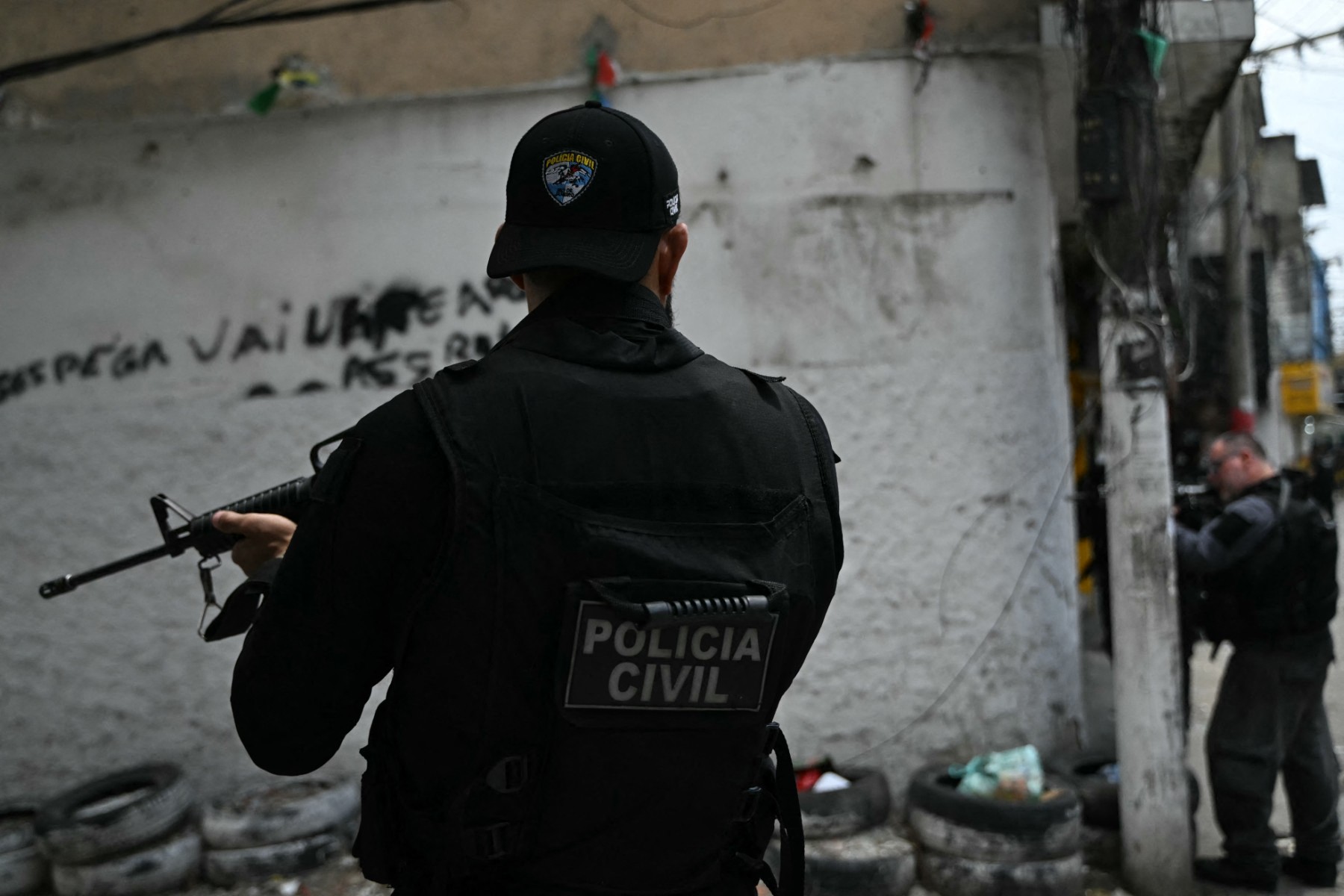
At least four armed men, allegedly linked to an organized crime group, were killed Sunday night during a shootout with police officers at Ponta das Canas beach on the island of Florianópolis, capital of the southern Brazilian state of Santa Catarina, local media reported on Monday.
According to the Santa Catarina Military Police, one of the men killed was a native of the state of São Paulo (southeast) and identified as a leader of the Primeiro Comando da Capital (PCC), a gang that controls drug trafficking in the Papaquara community in northern Florianópolis, one of Brazil’s most popular tourist areas.
Police said officers were conducting a patrol in the Ponta das Canas neighborhood when they noticed a man entering a house in a hurry, raising suspicion. Upon entering the residence, they encountered four heavily armed individuals.
During the police operation, one of the suspects reportedly attempted to seize an officer’s rifle, triggering the exchange of gunfire. “Faced with the imminent threat and the criminals’ high firepower, the officers responded to stop the aggression,” the Military Police said on social media.
International
U.S. uses $4.65 billion in emergency funds to sustain SNAP benefits amid shutdown
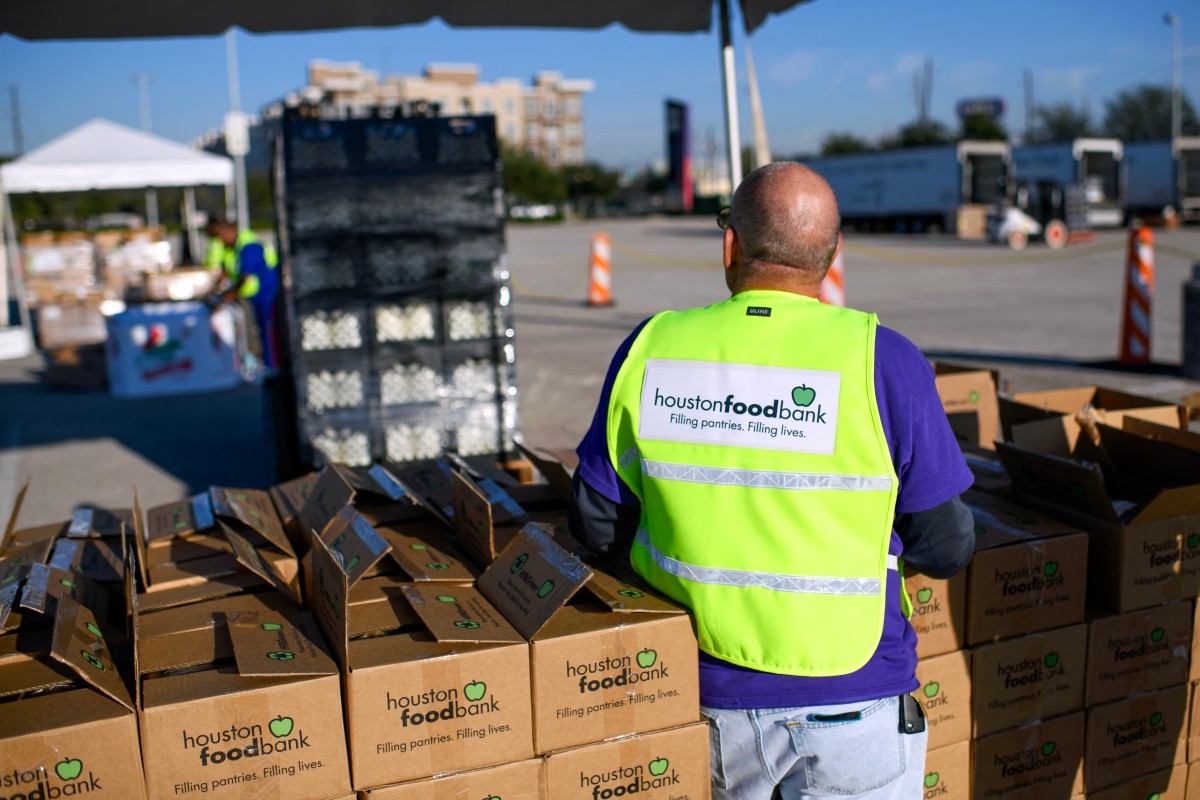
The U.S. government will use $4.65 billion from an emergency fund to finance payments under SNAP, the country’s primary food assistance program, covering roughly “50% of benefits for eligible households,” according to a Department of Agriculture official in court filings.
The administration, however, does not plan to make up the funding shortfall through other resources, as noted in documents submitted to a federal court in Rhode Island.
This announcement follows a federal judge’s order in Providence — one of two issued last week — requiring the government to tap emergency funds to ensure the program remains operational.
The Trump administration argues that SNAP is running out of money amid a month-long federal government shutdown, triggered by a budget standoff between Democrats and Republicans who continue to blame each other for the crisis.
President Trump said on Friday that he was willing to release the necessary funds if the courts required it and emphasized that he does not want “Americans to go hungry.”
Hakeem Jeffries, the Democratic minority leader in the House of Representatives, accused Trump and the Republican Party on Sunday of “weaponizing hunger” during the political dispute.
International
U.S. strike in Caribbean kills three suspected drug traffickers

A U.S. strike on a suspected drug-smuggling vessel in the Caribbean killed three people on Saturday, according to Pentagon Chief Pete Hegseth, marking the latest in a series of attacks in international waters.
The United States has deployed ships to the Caribbean and sent fighter jets to Puerto Rico as part of a large military force that Washington says is aimed at curbing drug trafficking.
“This vessel, like all the others, was known to our intelligence for being involved in illicit narcotics smuggling,” Hegseth stated on X. “Three narcoterrorists were aboard the vessel during the attack, which took place in international waters,” he added.
Experts argue that the attacks, which began in early September, amount to extrajudicial executions, even if the targets are known traffickers.
Washington has yet to publicly provide evidence that the targeted individuals were actively smuggling drugs or posed a threat to the United States.
Hegseth said the U.S. would continue “hunting… and killing” suspected traffickers. He also shared video footage of the strike, showing the vessel being hit and engulfed in flames. As in previous videos, sections of the ship were blurred, making it impossible to verify the number of people on board.
The United Nations called on Friday for Washington to halt its attacks.
-

 International3 days ago
International3 days agoFloods in Central Vietnam leave 28 dead, thousands displaced
-
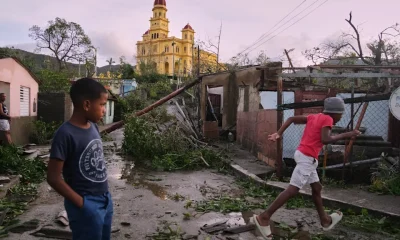
 International4 days ago
International4 days agoHurricane Melissa kills over 30, leaves thousands displaced in the Caribbean
-
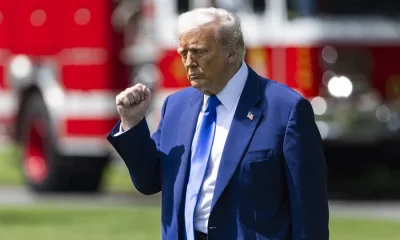
 International4 days ago
International4 days agoU.S. considering airstrikes on military sites in Venezuela, reports say
-
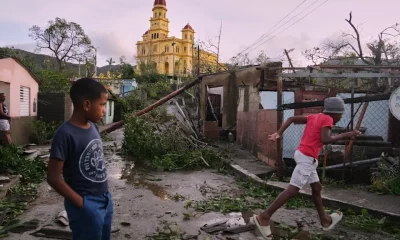
 International5 days ago
International5 days agoHurricane Melissa leaves Jamaican residents homeless as recovery efforts begin
-
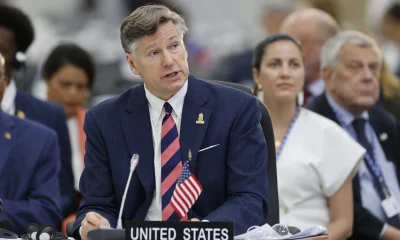
 International5 days ago
International5 days agoUS Deputy Secretary criticizes Mexico’s call to end Cuba trade embargo at UN
-
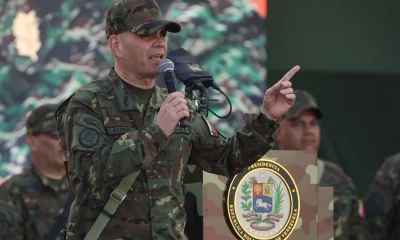
 International5 days ago
International5 days agoVenezuela warns citizens who call for invasion risk losing nationality
-

 International5 days ago
International5 days agoTrump orders immediate U.S. nuclear testing, ending 30-year moratorium
-
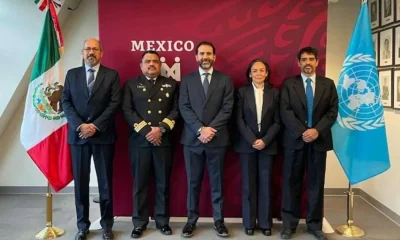
 International5 days ago
International5 days agoMexico advances continental shelf claims at UN Commission in New York
-

 International1 day ago
International1 day agoAt least 23 killed in Sonora supermarket blast, including minors
-

 International4 days ago
International4 days agoTrump sets historic low refugee cap at 7,500, prioritizes white South Africans
-
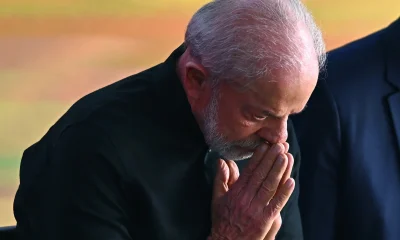
 International5 days ago
International5 days agoBrazilian president defends coordinated anti-drug operations after deadly Rio raid
-

 International4 days ago
International4 days agoUNICEF: Over 700,000 children affected by Hurricane Melissa in the Caribbean
-

 International3 days ago
International3 days agoFBI foils ISIS-Inspired attack in Michigan, arrests five teens
-
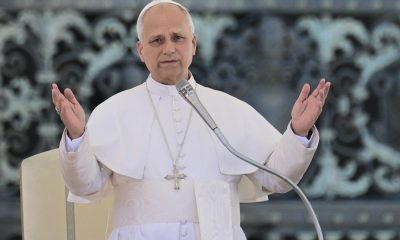
 International4 days ago
International4 days agoPope Leo XIV revives Global Compact on Education to confront cultural crisis
-
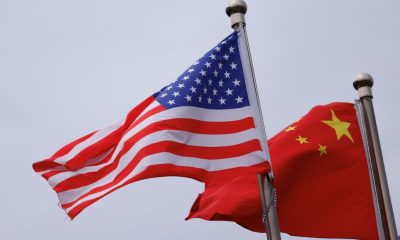
 International4 days ago
International4 days agoU.S. warns China over Taiwan during high-level defense talks in Kuala Lumpur
-

 International5 days ago
International5 days agoSimeón Pérez Marroquín, ‘El Viejo,’ detained for role in Miguel Uribe Turbay assassination plot
-

 International1 day ago
International1 day agoU.S. strike in Caribbean kills three suspected drug traffickers
-
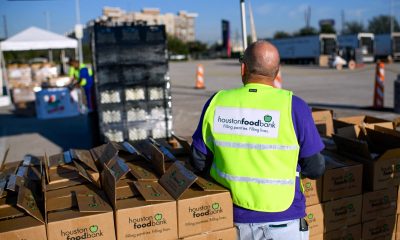
 International6 hours ago
International6 hours agoU.S. uses $4.65 billion in emergency funds to sustain SNAP benefits amid shutdown
-
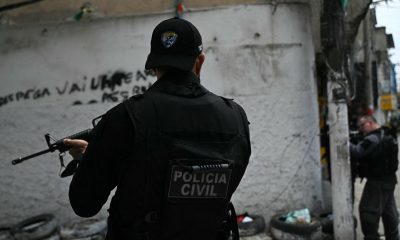
 International6 hours ago
International6 hours agoFour suspected PCC members killed in Police shootout in Florianópolis





























